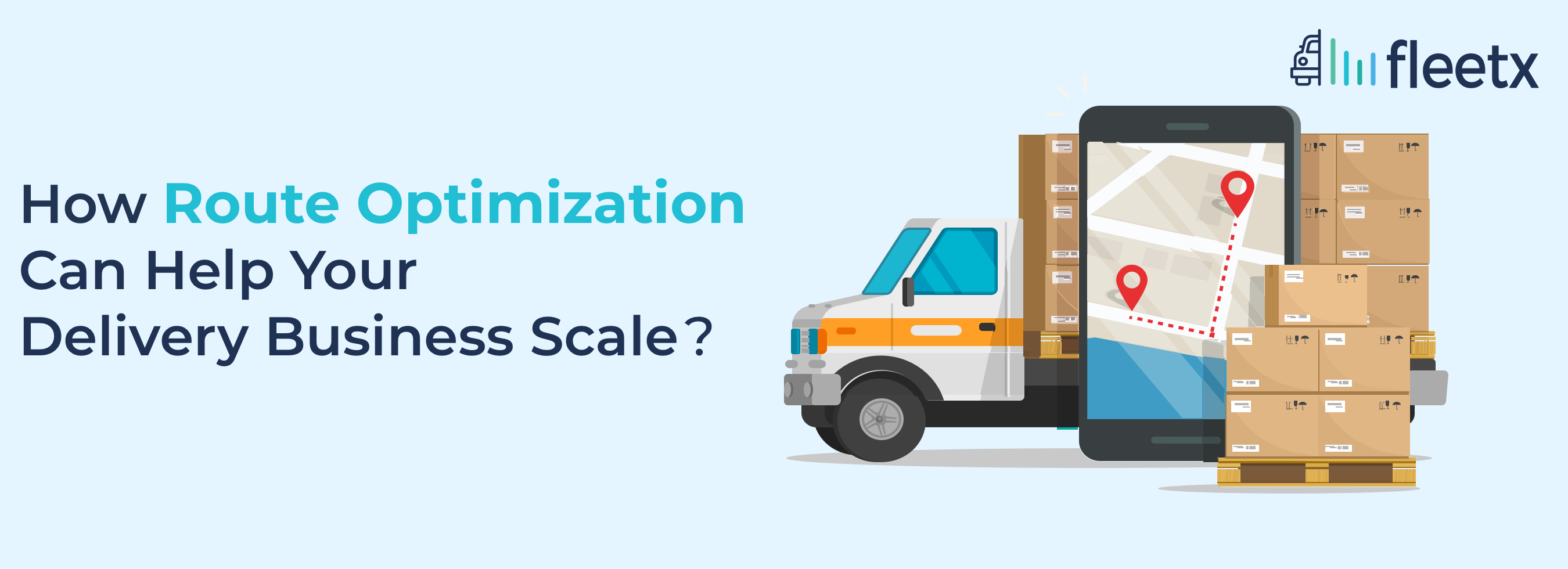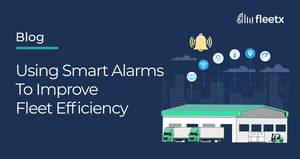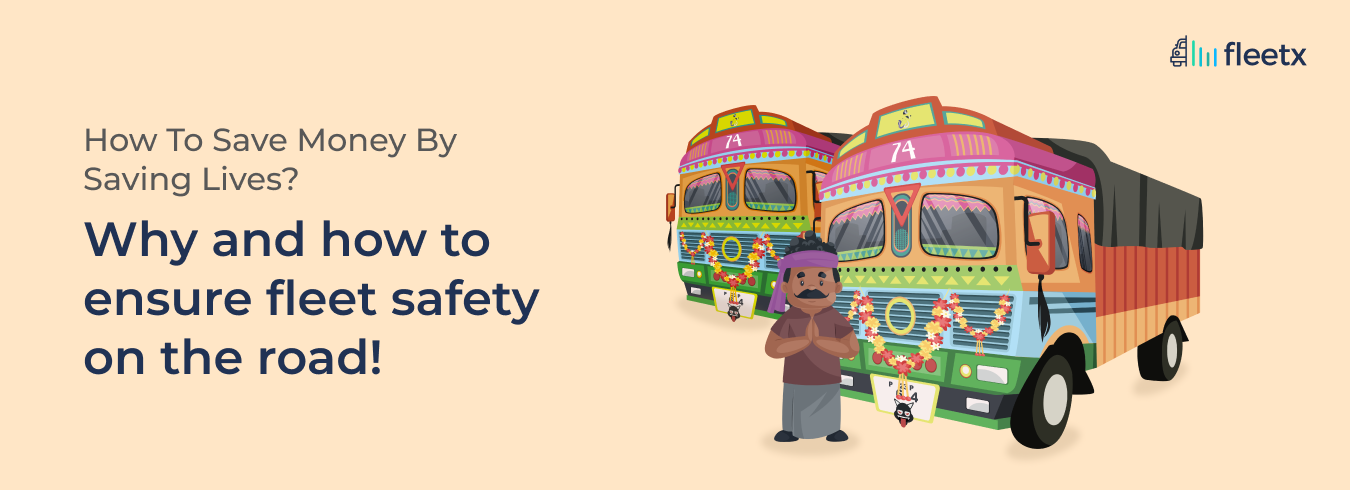
The advent of technology has helped the logistics industry develop products – both hardware and software, which can be incorporated directly into the trucks. This can prove to be of great advantage in the daily tasks of fleets and trucking operations. However, if the industry’s general attitude towards the well-being of our workforce is not well intended, all else fails.
Industry Overview
The basic appeal is that tech solutions will make the workflow a lot easier for fleet managers. But as we find ourselves on the precipice of new technology that can only help make our fleet more competitive, we miss out on the biggest factor which holds the industry together – fleet drivers.
The lack of proper legislations to protect the interests of the drivers has led to a steady decline of new players entering the field. Drivers in the Indian logistics industry are heavily underpaid and overworked. This is probably part of the reason why truck accidents make up for 15.8% of road accidents in India (report published by the Ministry of Road, Transport and Highways).
According to the Road Accidents in India report published by the Ministry of Road, Transport and Highways, truck drivers are seriously overworked and suffer from a major lack of sleep. In fact, the truck to driver ratio is 10:6.
The fact that there are no set legislations by the government or even unions, fleet managers tend to take advantage of this by setting time-centric incentives for drivers, rather than for safe driving and delivery of cargo. Indian truck drivers have been known to work on very little sleep due to the immense industry pressure. In spite of already being paid so meagrely, drivers get fined for every hour of delay and get incentives of more money for every hour that they arrive early. This incentive amount can be as little as INR 1000/- for every early delivery. Is that really worth all the risk truck drivers take?
Another big issue would be of Overloading, where trucks are boarded with more cargo than the vehicle can handle. This can prove to be very dangerous since each vehicle can only support a certain amount of weight. If this weight capacity is over ceded, technical failures such as brakes malfunctioning can occur. Generally speaking, overloading can result in the early wear and tear of the vehicle. This will be dangerous for the drivers and also an additional expenditure for fleet owners.
It is no wonder that 53% of interviewed drivers reported that they suffer from physiological and psychological issues. It doesn’t take an expert to say that a lot of the truck accidents can be avoided simply by looking out for the well-being of our drivers. The industry itself could do with some formal norms being set. A few such changes would be –
- Setting a minimum wage amount for each delivery made based on distance driven, rather than time.
- Minimum sleeping hours made mandatory.
- Compulsory fitness checks to be made from time to time.
- Eradicating incentive programs which promote unsafe driving
- Strict fines being levied on overloading of trucks.
Why You Should Invest In Technology
The logistics industry is super competitive with very thin margins. In the Indian trucking environment, we understand that drivers are the backbone of the fleets. So in addition to looking at profit margins, we also look at tech add-ons that could help regulate an ethical work environment.
Technology does not come cheap. And especially when it’s being fitted into multiple vehicles. We are talking about installing and maintenance of a whole fleet. These add-ons are also in need of up-front investment, like any purchase item from the market. So it is only natural that managers and business owners want to see some sort of ROI on these purchases.
Following are a few of the technological advancements in the field of trucking that can pose to be highly beneficial to logistics companies –

Dynamic Routing
With the help of dynamic routing, fleets can find better routes based on GPS mapping. A good dynamic routing tool can help fleets map out routes which are faster, or with better roads depending on the need of the fleet.
Considering how all this is based on real-time conditions, this add-on can help fleets even avoid paths which have been known to have a lot of collisions, hence reducing risks for the drivers. One can even know of which better roads to take.
Or if the fleet wants to customise the route in any way to meet any specific requirements, the dynamic routing software is more than equipped to do that as well. Dynamic routing software is a smart tool which can automatically optimise routes to meet your customization requirements.

Dash Cams
Vehicle video systems or dash cams have come a long way owing to the evolution of digital cameras. Cameras today have vastly improved in terms of image processing, night mode, and high-definition image capture ever since the evolution of storage capacities.
The reason cameras are installed on fleets is primary to capture any mishaps. Often times, in case of collisions the fleet driver needs to be defended as it is usually the fault of the other vehicle. Since fleet vehicles are bigger in size, the damage caused by them is a lot more in comparison to the damage they themselves suffer. This can give a false perception that the truck driver was probably at fault. In such cases, the dash cams prove to be useful in defending the driver.
Such accidents can also be a case of insurance fraud where the perpetrators are usually aware of how trucks can be a good target to entangle in such schemes. Initially, cameras were only installed in front of the vehicle. However, now based on the routes various truckers take, companies have even started investing in side profile or back view cameras for safekeeping.
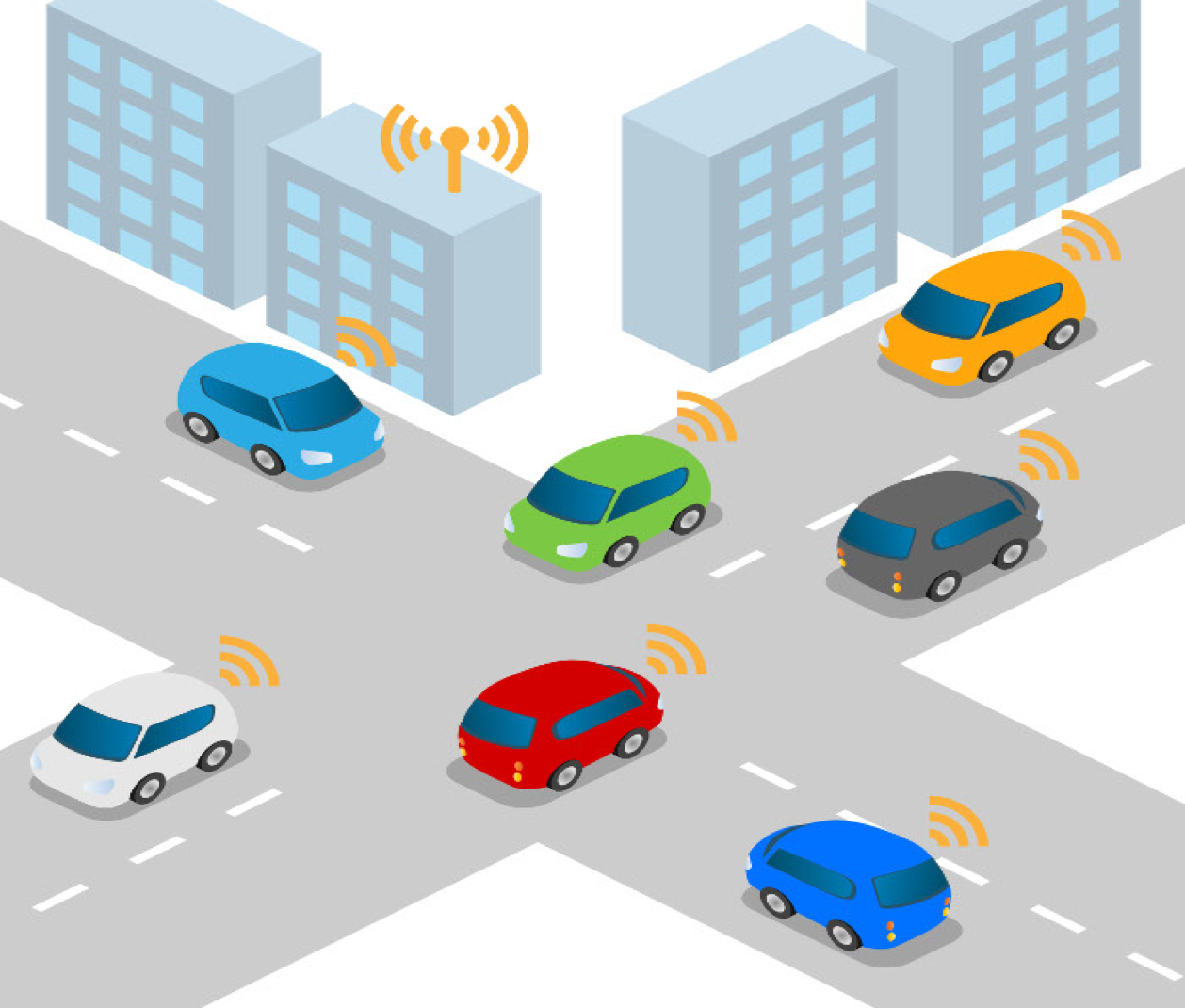
Collision Mitigation Technology
Like previously mentioned, in case of fleet collisions, it is usually the other vehicles which incur more damages due to the differences in size and momentum. Such collisions are best avoided in the interest of both public safety and protecting the integrity of the fleet.
Collision Mitigation Tech has been using sensing technology to monitor crashes and also for emergency protocol. Such collision mitigation systems have now become standard on many of the new trucks.
Collision mitigation technology basically monitors more of what’s going on around the truck, in addition to checking on the truck’s speed and control in different conditions. Such monitoring features lead to the ability to take autonomous emergency action when/if the need arises. It should be noted that all these factors are not taking into consideration the driver’s behavior which it primarily boils down to.

Driver Gamification
Various fleet management software have now started introducing a very sophisticated system of keeping score on drivers. The goal is to quantify some of the driver’s qualities in order to judge them on various verticals, such as basic driving skills, mishap response time, the ability to make quick and best judgements, general discipline and behavior which can affect freight delivery. This can be used to set better incentives for the drivers, to ensure that they are abiding by the safety protocols and not adhering to unsafe driving techniques.
The Indian logistics industry is already seeing a decline in the numbers of new drivers entering the industry. Such effective and holistic solutions can help optimize fleet solutions and it is only sensical that good fleet management systems like Fleetx are now offering this feature.
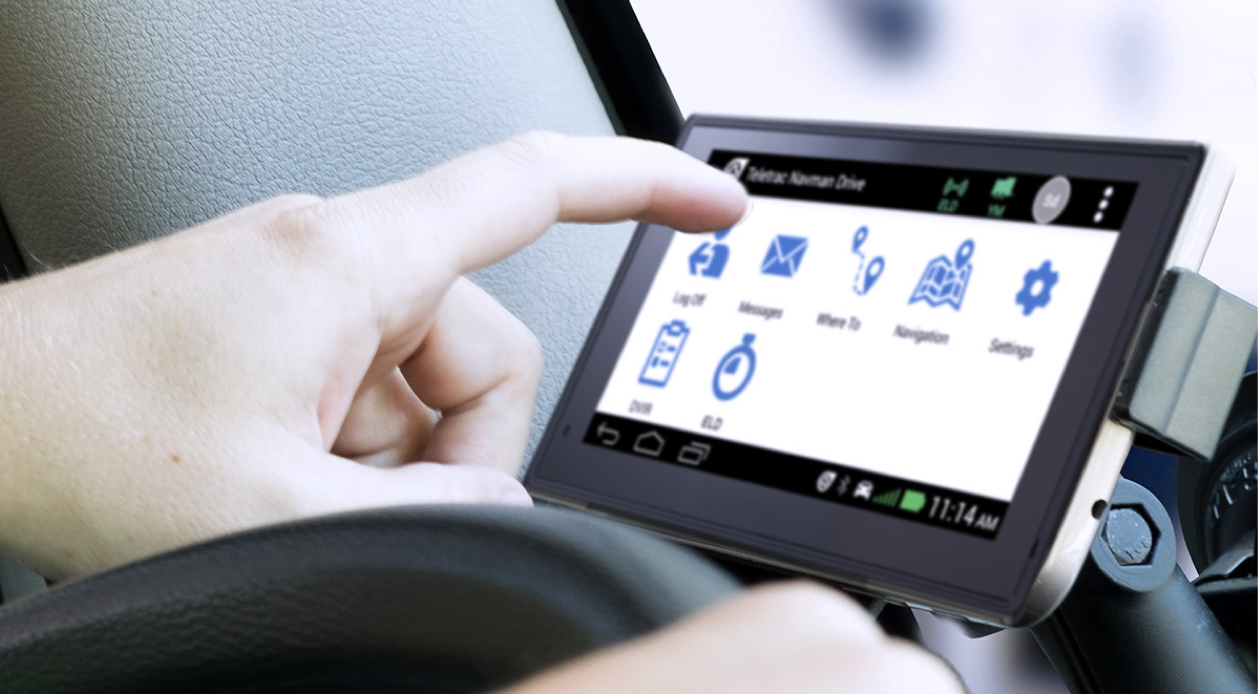
Electronic Logging Devices
One of the biggest reasons why there is a sudden decrease in new drivers entering the logistics industry is the shrewd nature of the industry. Freight companies often overwork their drivers and compensate them with very little money.
Overworked and unsatisfied employees can result in risk to cargo, be it accidents, collisions, disloyalty among workers, etc. Often times, drivers are expected to drive for long durations which can result in over-turning trucks along the highway. This is bad for the drivers’ (and their families) as well as cargo companies.
Electronic logging can be a good way to keep track of the drivers and their hours of service. This is a feature which will benefit the company by helping them keep their workforce in check in accordance with the union standards. A sophisticated and formal system of logging will make operations easier while also cutting down any risk of corruption in the company.
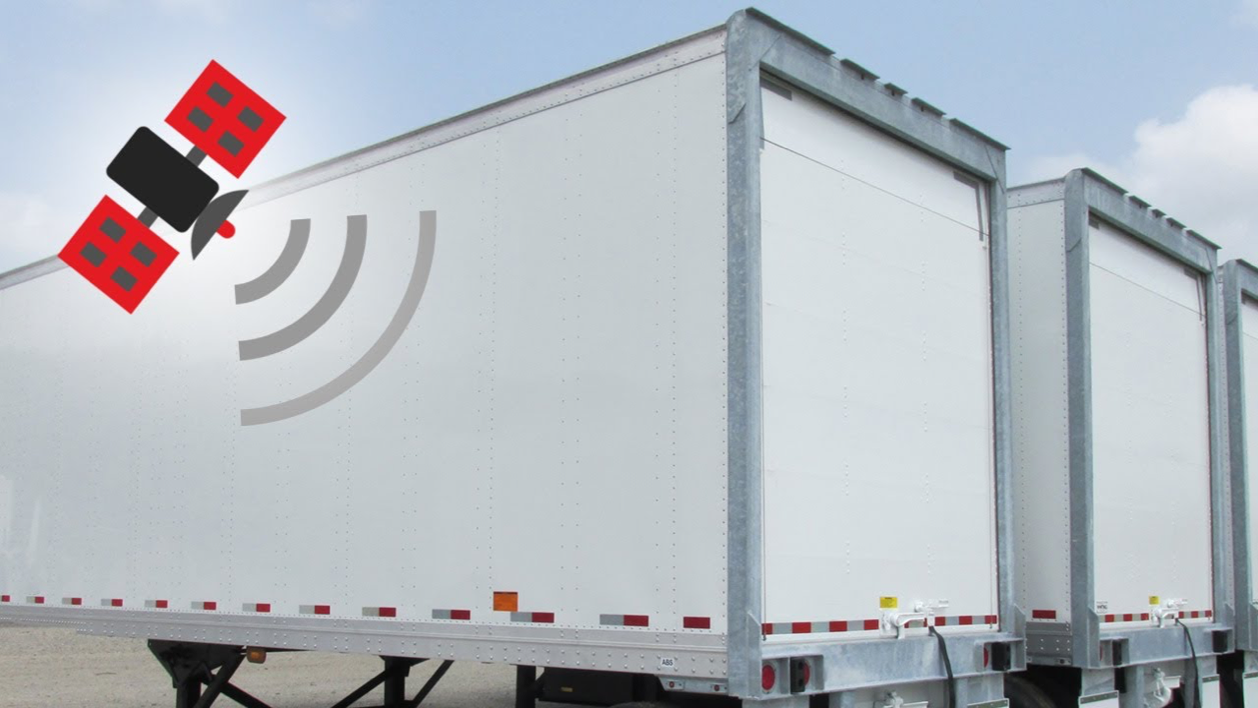
Trailer Tracking
One of the most basic features employed by companies now is geo-location tracking. This has now almost become a standard feature on trucks, new and old. Usually, a geolocation feature is a good tool to collect all sorts of data which can be fed into the fleet management system for analysis.
It can collect data on routes taken, speeding, duration, any suspicious activities, etc. it can also be used to help notify the driver in case of traffic or weather emergencies, or if the truck is travelling via a crime-prone area. This will make the driver’s job a lot easier considering he is being backed by the vehicle tracking system , leaving him to solely focus on driving.
In Conclusion, A good business owner understands the importance of a skillful and satisfied work force. Before we can focus all our efforts into incorporating new technology, the Indian logistics industry needs an over makeover. Sometimes the best investments aren’t always in the products directly, but in helping our workforce do their jobs better. A good fleet management system like Fleetx can help you with optimizing your workforce and thus improving your business metrics.

